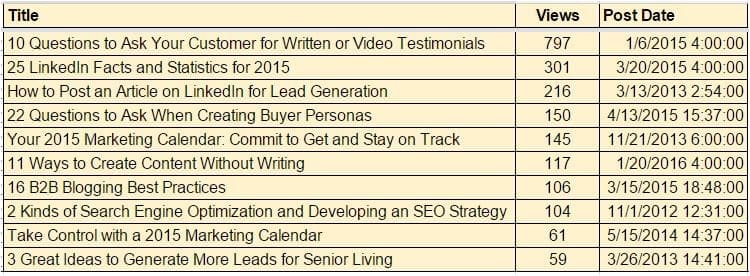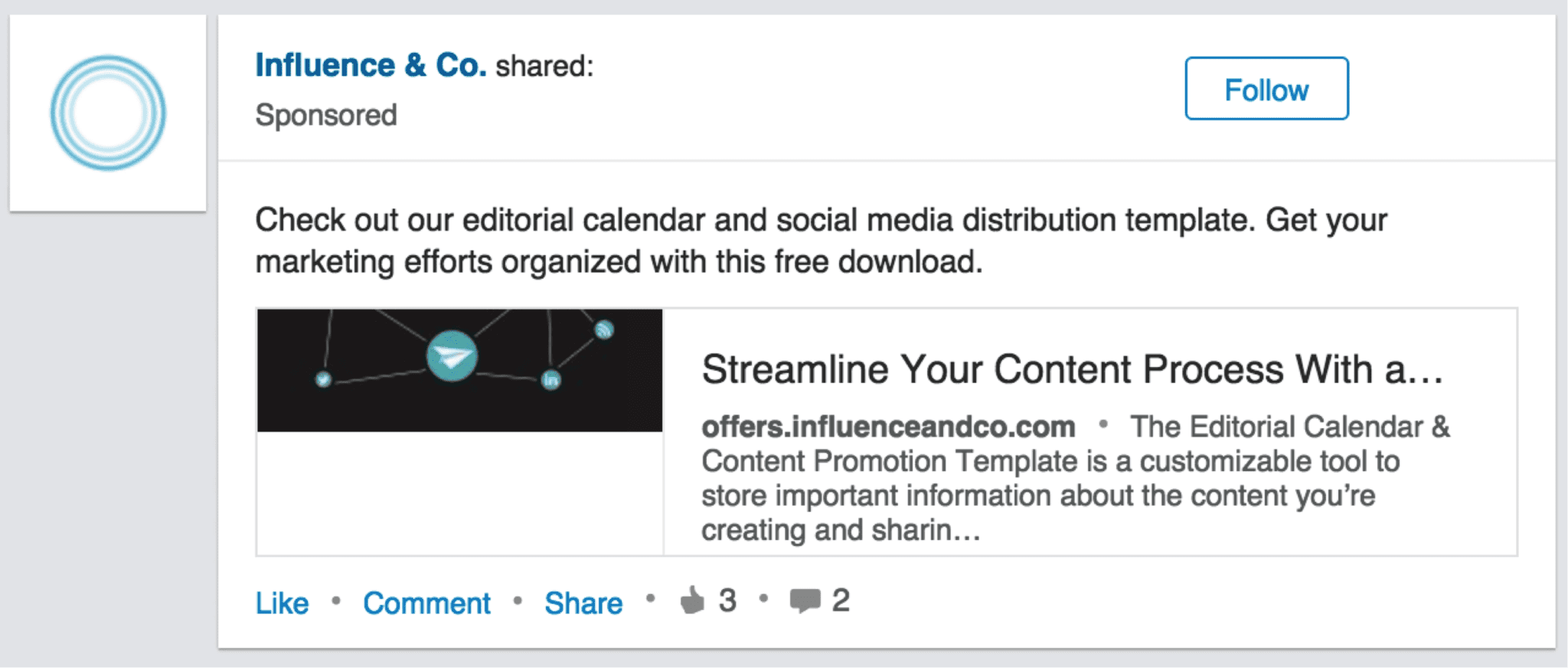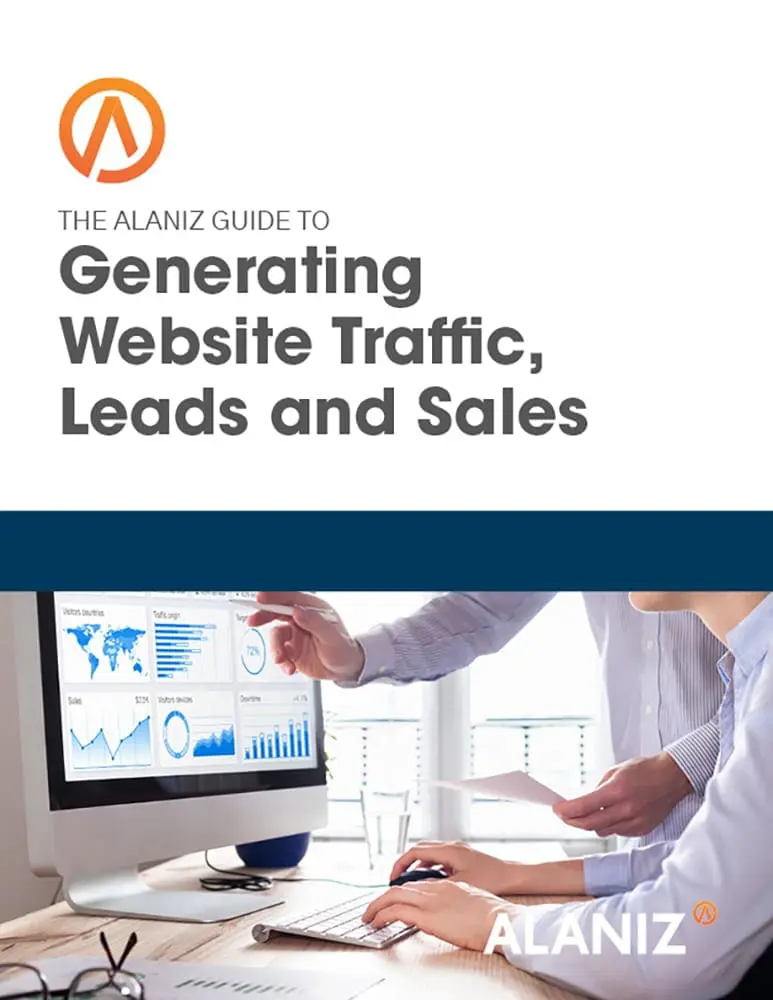 For the past 3 years or so, there has been a lot of conversation in the blogosphere about whether PPC belongs with inbound marketing or not.
For the past 3 years or so, there has been a lot of conversation in the blogosphere about whether PPC belongs with inbound marketing or not.
As far as I’m concerned, when Rand Fiskin announced that PPC is part of inbound marketing and HubSpot has dozen of posts about PPC campaigns, PPC should at least be considered when creating your inbound marketing strategy.
Understand the core value of PPC and inbound marketing
Inbound marketing is about educating people and nurturing them through the sales funnel as they define their problems and challenges. Post-sale, inbound marketing is about customer delight and creating evangelists for your brand.
Inbound marketing is a long-term strategy
Importantly, inbound marketing is a long term strategy that continues to produce results months and years after the content is created. Because of this, inbound marketing builds long-term value for your company.
We have over 500 blog posts on our own website, and publish new posts at least 4x per week. However, a quick glance at the top 10 most visited blog posts shows the long-term compounding value of these posts.

PPC is a short-term strategy
Pay-per-click is, by it’s very nature, a short term strategy. You pay for results as you go, and when you stop paying, the results also stop.
However, when PPC is thoughtfully paired with inbound marketing, so that you’re still targeting and attracting prospects (clicks) based on your buyer personas, and using inbound marketing to move them down the sales funnel, PPC can provide a unique advantage to your other marketing efforts: it can be highly targeted and will produce very fast results.
When blended with inbound marketing, PPC can be highly targeted and will produce very fast results.
For best results, PPC should be blended into your inbound campaigns right from the beginning. You can offer proven “evergreen” content, which can do well in a PPC campaign. Or you can provide information about your new product or service and get quick feedback on how well that new content resonates with your audience.
PPC is a just another way for prospects to find you through search. If you use PPC to complement your inbound marketing strategy, not only will you be able to boost your website traffic, but you’ll also get deeper insights about your audience, which you can use to shape your overall marketing strategy.
With PPC you are paying for the ads, but you are not interrupting the consumer. You may not initially be building long-term relationships, but you are driving consumers to your site where they can then be nurtured through other inbound activities.
How to use PPC to amplify your message
Content marketing company Influence combined PPC and inbound, which proved to be really powerful in terms of generating and engaging leads.
Their marketing team utilizes sponsored updates on LinkedIn to promote their gated content. They set a budget for each campaign; target users based on interest, industry, and job title; and deliver a link to a landing page with a relevant piece of gated content.
The reasoning behind promoting gated content via sponsored updates versus their blog content goes back to the idea of delivering the right content to your audience, through the right medium, at the right time. They found that when their audience is on LinkedIn, it’s the perfect time to serve up a piece of gated content.

For example, when looking at the performance of their sponsored posts, they found that the offers that linked straight to a landing page converted at a 500% higher visitors-to-leads conversion rate than sponsored posts that link to blog content.
Using Twitter’s Lead Generation Cards, advertisers have only two steps to a conversion: exposing potential customers to an ad and then convincing them to hit submit. Unlike traditional lead generation campaigns, Twitter Lead Generation Cards bring the landing page experience into the ad itself – eliminating middle steps, and increasing your chance for conversion.
Twitter also has promoted tweets that are very similar to LinkedIn sponsored posts. Promoted Tweets help amplify your Tweets to a wider audience to drive more engagement with your content.
48% of people who have noticed a promoted tweet have clicked through the link in the tweet. ~ Twitter
In a recent Twitter study, 32% of people found a new SMB from a promoted tweet from the SMB. And 48% of people who have noticed a promoted tweet have clicked through the link in the tweet.
Promoted tweets are easy to set up:
- To create a Promoted Tweet, start by writing a compelling piece of content, such as the announcement of an upcoming product release, a sale or an event you’re hosting. Include an image or video to drive higher engagement.
- Once you create your Promoted Tweet, use our targeting options to connect with the right audience.
- After you launch your Tweet Engagements campaign, your Promoted Tweet will appear in the home timeline of the users you’ve targeted.
Of course, you want to promote tweets to your target audience, and use your buyer personas as a guide for messaging.
Takeaways
The key to marketing is making sure you are in front of potential consumers at the right place at the right time in the buying cycle (awareness, consideration, preference/intent, purchase and repurchase). PPC is a great resource to be in the right place at the right time and to ensure you have a presence during each of these phases.
Although PPC is paid advertising it fits well with inbound marketing. The art of being in front of consumers at the right place at the right time is an ongoing process that warrants continued optimization and testing. The vast amount of settings/targeting, ad copy testing, keyword expansions/testing and overall account optimization drives home how PPC complements the overall inbound marketing strategy and should be considered as part of inbound marketing.




